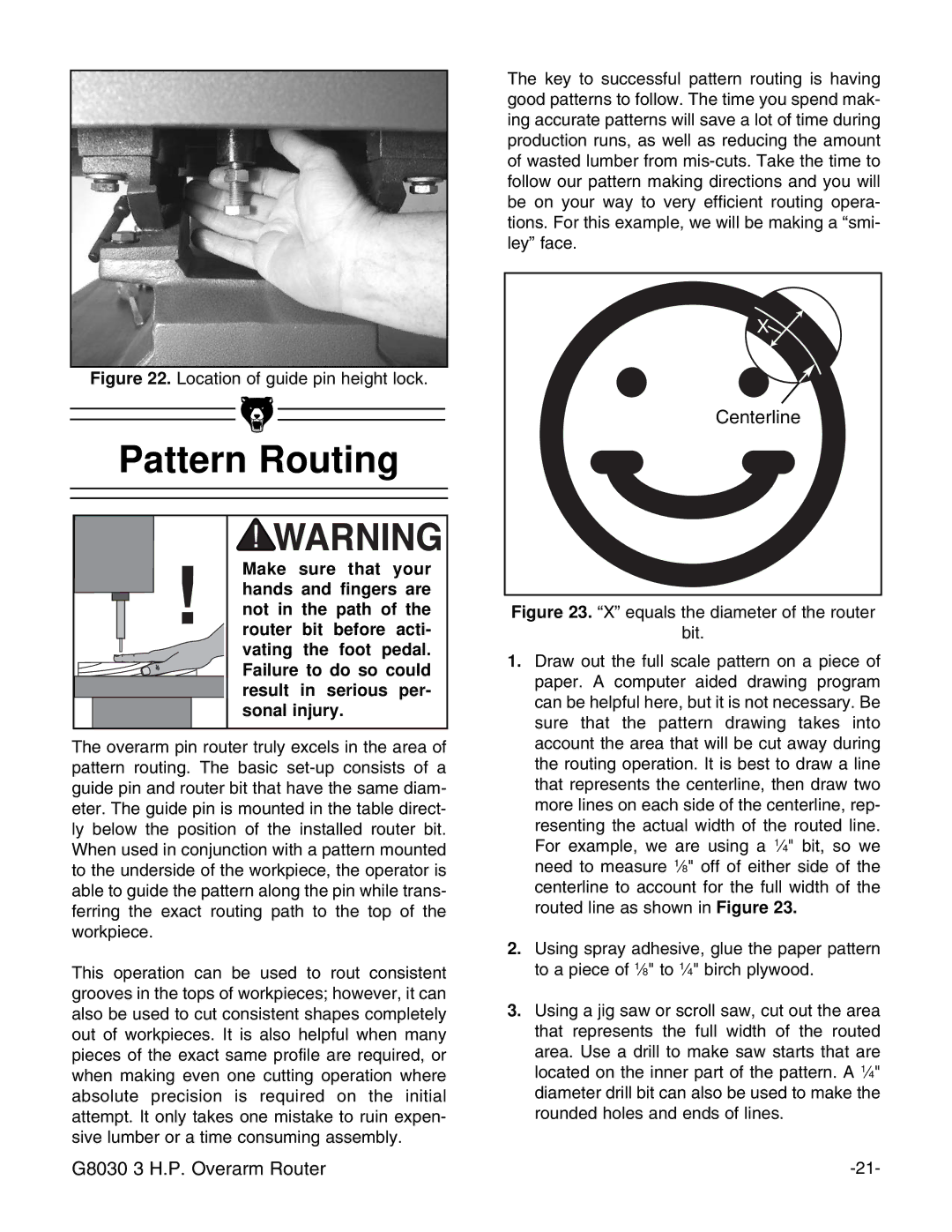
Figure 22. Location of guide pin height lock.
Pattern Routing
! |
|
|
|
|
| ||||
|
|
|
|
| |||||
|
|
|
|
| |||||
| Make sure that your | ||||||||
| hands and fingers are | ||||||||
|
|
|
|
|
| ||||
|
|
|
|
|
| not in the path of the | |||
|
|
|
|
|
| router bit before acti- | |||
|
|
|
|
|
| vating the foot pedal. | |||
|
|
|
|
|
| Failure to do so could | |||
|
|
|
|
|
| result in serious per- | |||
|
|
|
|
|
| sonal injury. | |||
|
|
|
|
|
|
|
|
|
|
The overarm pin router truly excels in the area of pattern routing. The basic
This operation can be used to rout consistent grooves in the tops of workpieces; however, it can also be used to cut consistent shapes completely out of workpieces. It is also helpful when many pieces of the exact same profile are required, or when making even one cutting operation where absolute precision is required on the initial attempt. It only takes one mistake to ruin expen- sive lumber or a time consuming assembly.
G8030 3 H.P. Overarm Router
The key to successful pattern routing is having good patterns to follow. The time you spend mak- ing accurate patterns will save a lot of time during production runs, as well as reducing the amount of wasted lumber from
X![]()
